The artful and risky vision of photojournalist Émeric Lhuisset
We get behind the lens with the French artist to discuss the possibilities of photography and the compelling body of work chronicling the journey of refugees produced during his BMW Art & Culture residency

Émeric Lhuisset is concerned with photographic truths. The French visual artist would like to examine the complex narrative of the refugee through the medium of photography. He wants to articulate a deeper representation than is offered by typical photojournalism – present the human side of the migrant, and within a wider geopolitical context.
Lhuisset is the latest artist to be supported by BMW Art & Culture, the branch of the Munich car firm investing in arts and ideas through its work with, among others, Tate Modern, Art Basel, Frieze Art Fair and Art D’Égypte. We recently visited Paris’ Grand Palais to see Lhuisset’s latest exhibition ‘L’autre rive’ (‘The other shore’) – a body of work he created for his BMW Residency at Gobelins L’École de L’Image here in the French capital.
‘Supporting photographers is a long-term approach,’ observes Thomas Girst of the residency, which is now in its eighth year. As Head of BMW Cultural Engagement, he says the artists have complete creative independence, with no interference from the company. Lhuisset, Girst admits, has been a remarkable choice – a risky one for a big car corporation given his provocative stance. ‘He deals with images of war and refugees and it is very brave of BMW to support his work. What he does is so real – he brings depth to photography. It shouldn’t always be just about beauty and aesthetics, but how these subjects come into play when the world turns ugly.’

From L’autre rive, by Émeric Lhuisset
‘L’autre rive’ presents Lhuisset’s coverage of the century-old conflict in the Middle East. The narrative arc here is the disappearance of places and people, the humanisation of the refugee against often fixed narratives – in the case of the Kurds, from heroic freedom fighter to anti-hero immigrant. His work depicts elaborately staged sets as well as everyday domestic scenes, selfies, blue skies with dotted clouds that hover over civilisations in conflict, war and disappearance. We caught up with Lhuisset to see how the visual artist explores the possibilities of photography.
W*: Your exhibition is a compelling visual account of the journey of the many refugees, in this case from the battlefields of Kurdistan – in Iran, Iraq, Turkey and Syria – to exile in Europe. This certainly feels like a very personal story. Why the Middle East and the Kurdish plight?
EL: I studied geopolitics and fine art; I then worked in Turkey and Syria for many years as a photographer and artist. I am interested in the reconstruction of Iraq after the war, and so I initially went to Kurdistan because it was safer at the time, and this is how I met the people and discovered their stories.
W*: What is the central theme here?
EL: What interests me is this idealisation of the freedom fighter in western society. Most governments here have a heroic vision of the Kurdish fighter, but at the same time they mostly see the refugee as a parasite. For this exhibition, I worked with real Kurdish soldiers on the battlefield and later as refugees in Europe. And within the seven years I photographed them, they go from hero to parasite. So how can we change our perception of a person when they cross the sea? I’m interested in the construction of this vision, and I’m trying to deconstruct this vision.

From Théâtre de guerre, by Émeric Lhuisset
W*: Your Paris Photo exhibition opened with two powerful large-scale images from your series Théâtre de guerre (‘Theatre of war’). Your subjects, the Kurdish combatants, are staging dramatic, stylised scenes from classical war paintings. Why create these measured, slow images that contrast with the speed and urgency central to photojournalism?
EL: I took inspiration from the paintings of the Franco-Prussian wars, which influenced the representation of war photography. This was a defeated war, and so showed scenes of the real soldiers fighting not only the victory of the generals. I staged this in Iraq, where I asked the Kurdish guerrilla fighters to act out their battle scenes – replacing their reality within the context of the classical painting.
W*: This must have been tricky to stage given the area is a battlefield. So why take the risk and create these elaborate images?
EL: We are lucky that no one tried to attack us during the photoshoot, with the process taking only 15 minutes before we ran for shelter. These images are central to the exhibition as I am interested in the question of reality, the construction and theatricalisation of war picture. These images look fake, because the movements are adapted from a painting, but they are photographed in a place of war using real fighters. So, the question is: is it true or not?
W*: In complete contrast, you follow these with simple images of land and sea.
EL: The first shaky handheld video depicts the crossing between Syria and Turkey – the journey taken by those fleeing the war in Syria, and the moment when the civilians become refugees. The photograph that follow then captures a small section of the Mediterranean where a lot of them disappear. I was heading to Lesbos, the island where refugees typically land. Just before I got there my friend Foad, a Kurdish fighter, messaged to say he is now in Turkey, will cross the sea and see me shortly. He never arrived. He disappeared in the sea. This project is a tribute to him.
W*: Why include a snapshot of the Statue of Liberty on the harbour of Lesbos here?
EL: When I asked refugees what they recall from Lesbos, they say this statue, because it reminds them of New York’s Statue of Liberty. There is a connection to past immigration, to history here.
W*: The exhibition concludes with a series of fading blue renderings, made through the old cyanotype photographic printing process. Why did you choose for these images to be ephemeral?
EL: I wanted to create pictures that will gradually fade. The blue monochrome becomes a double metaphor – the sea where so many lives are lost, where a lot of refugees disappear. But it is also the colour of Europe, and the refugees who make it will be part of the future of Europe.

From L’autre rive, by Émeric Lhuisset
W*: This is a complex, expressive project and viewed together, these photographs and moving images form a compelling narrative. Your work is deeply considered, with authenticity central to this exhibition.
EL: Yes, it took a long time to make these personal connections and form trust. It was important for me to give a different vision, not the one offered by photojournalism but by art. Art has a real place in society; as artists we have a public space and with this comes responsibility. Art cannot change society directly, but with art you can influence people’s perceptions.
W*: What is your next project?
EL: Working on the theme of climate – constructing different fights against climate change.
INFORMATION
emericlhuisset.com; bmwgroup.com; parisphoto.com
Receive our daily digest of inspiration, escapism and design stories from around the world direct to your inbox.
A writer and editor based in London, Nargess contributes to various international publications on all aspects of culture. She is editorial director on Voices, a US publication on wine, and has authored a few lifestyle books, including The Life Negroni.
-
 The White House faced the wrecking ball. Are these federal buildings next?
The White House faced the wrecking ball. Are these federal buildings next?Architects and preservationists weigh in on five buildings to watch in 2026, from brutalist icons to the 'Sistine Chapel' of New Deal art
-
 Georgia Kemball's jewellery has Dover Street Market's stamp of approval: discover it here
Georgia Kemball's jewellery has Dover Street Market's stamp of approval: discover it hereSelf-taught jeweller Georgia Kemball is inspired by fairytales for her whimsical jewellery
-
 The best way to see Mount Fuji? Book a stay here
The best way to see Mount Fuji? Book a stay hereAt the western foothills of Mount Fuji, Gora Kadan’s second property translates imperial heritage into a deeply immersive, design-led retreat
-
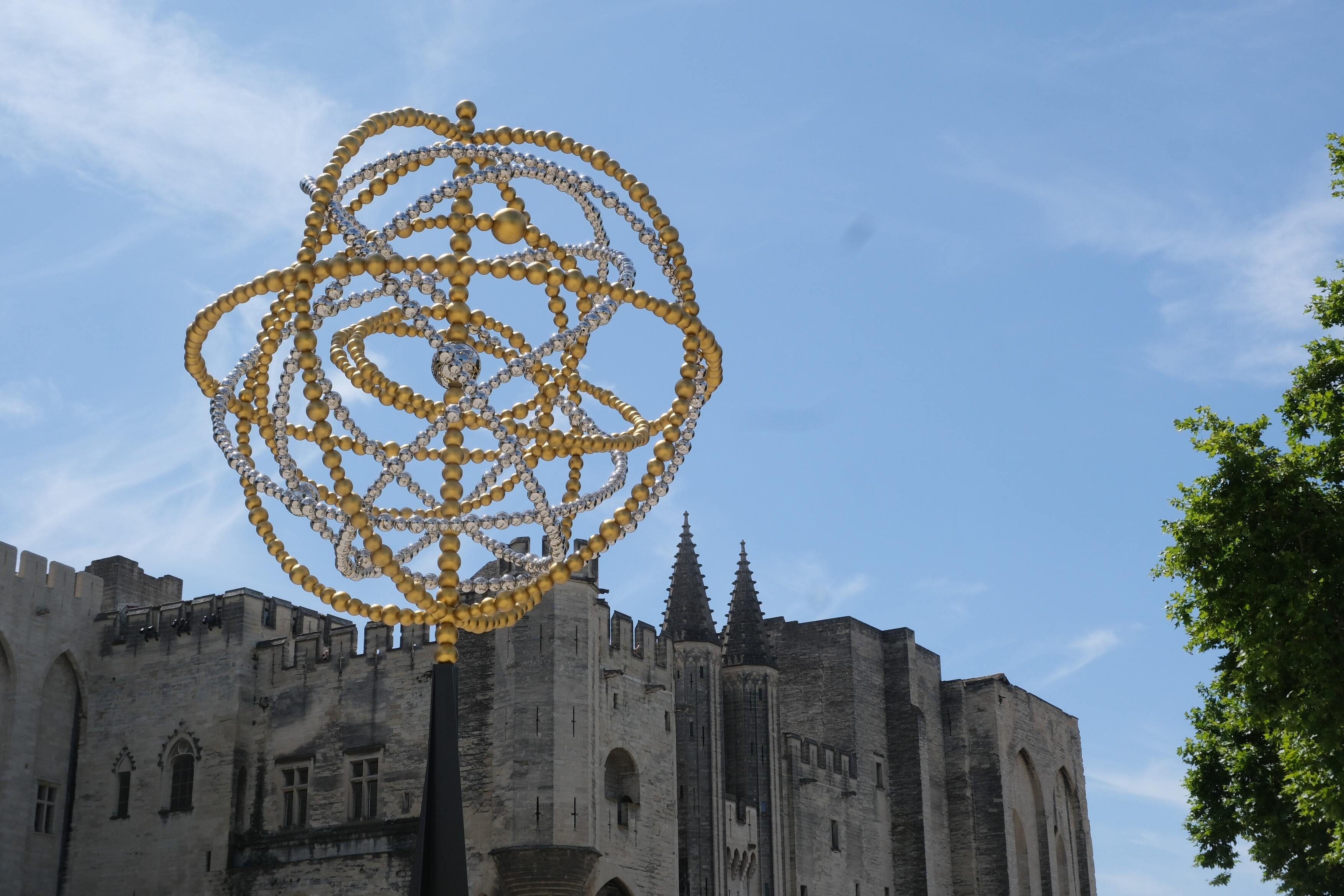 Jean-Michel Othoniel takes over Avignon for his biggest ever exhibition
Jean-Michel Othoniel takes over Avignon for his biggest ever exhibitionOriginally approached by Avignon to mark their 25th anniversary as the European Capital of Culture, Jean-Michel Othoniel more than rose to the challenge, installing 270 artworks around the city
-
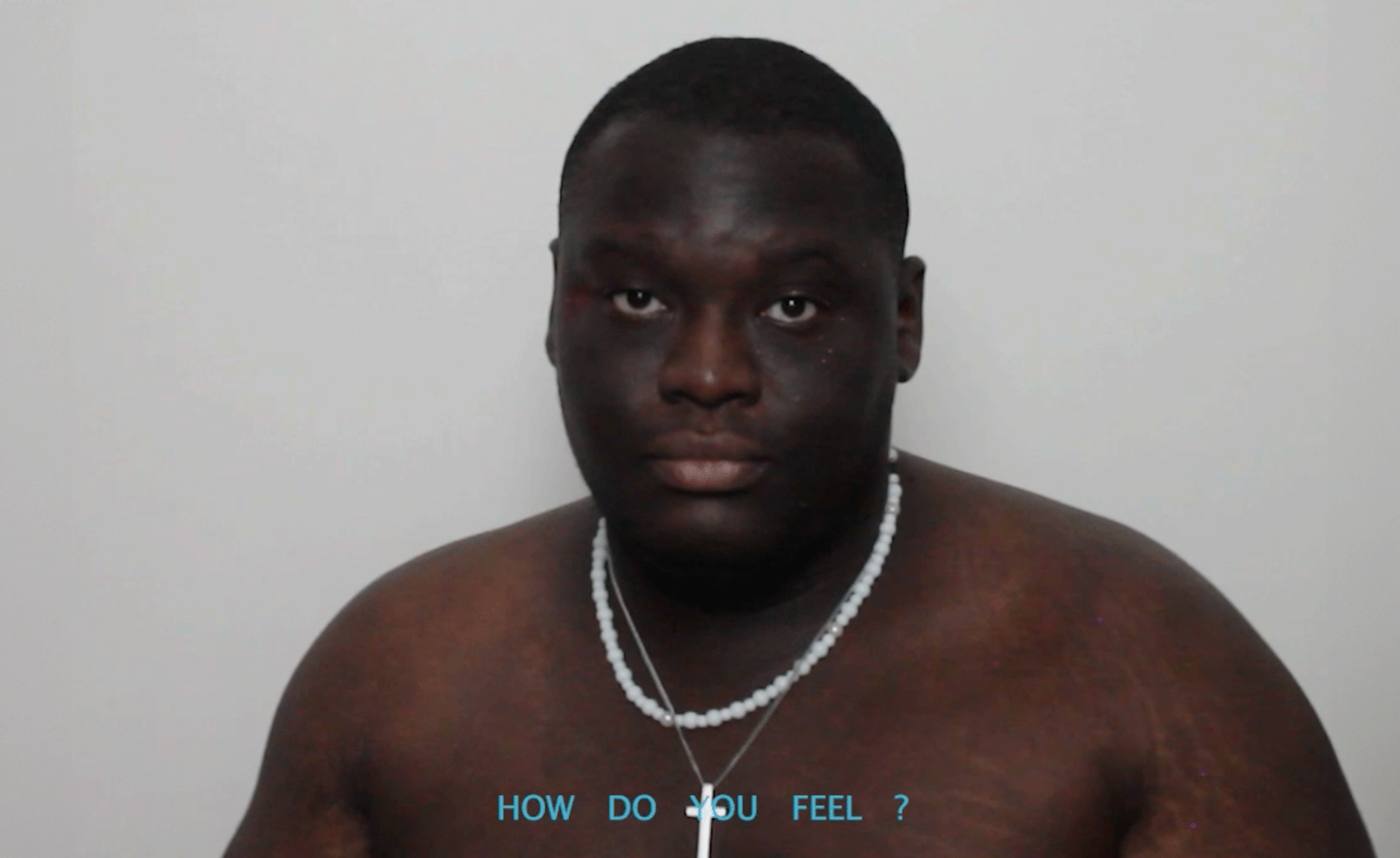 Joel Quayson’s winning work for Dior Beauty at Arles considers the theme ‘Face-to-Face’ – watch it here
Joel Quayson’s winning work for Dior Beauty at Arles considers the theme ‘Face-to-Face’ – watch it hereQuayson, who has won the 2025 Dior Photography and Visual Arts Award for Young Talents at Arles, imbues his winning work with a raw intimacy
-
 What to see at Rencontres d’Arles 2025, questioning power structures in the state and family
What to see at Rencontres d’Arles 2025, questioning power structures in the state and familySuppressed memories resurface in sharply considered photography at Rencontres d'Arles 2025. Here are some standout photographers to see
-
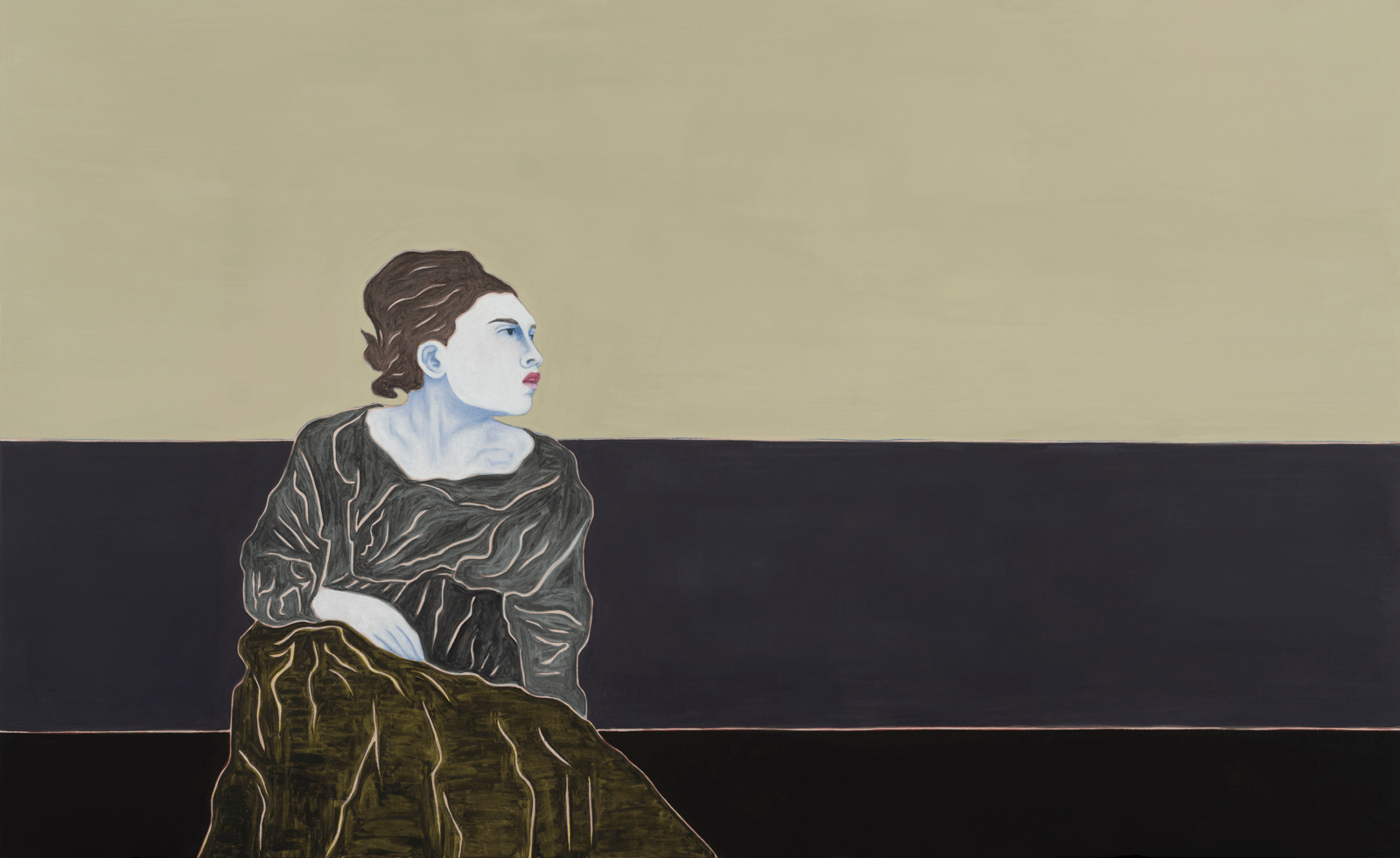 ‘With a small gesture of buying a postcard, we all become copyists’: the Louvre’s celebration of copying speaks to human nature
‘With a small gesture of buying a postcard, we all become copyists’: the Louvre’s celebration of copying speaks to human natureContemporary artists are invited to copy works from the Louvre in a celebration of the copyist’s art, a collaboration with Centre Pompidou-Metz
-
 The glory years of the Cannes Film Festival are captured in a new photo book
The glory years of the Cannes Film Festival are captured in a new photo book‘Cannes’ by Derek Ridgers looks back on the photographer's time at the Cannes Film Festival between 1984 and 1996
-
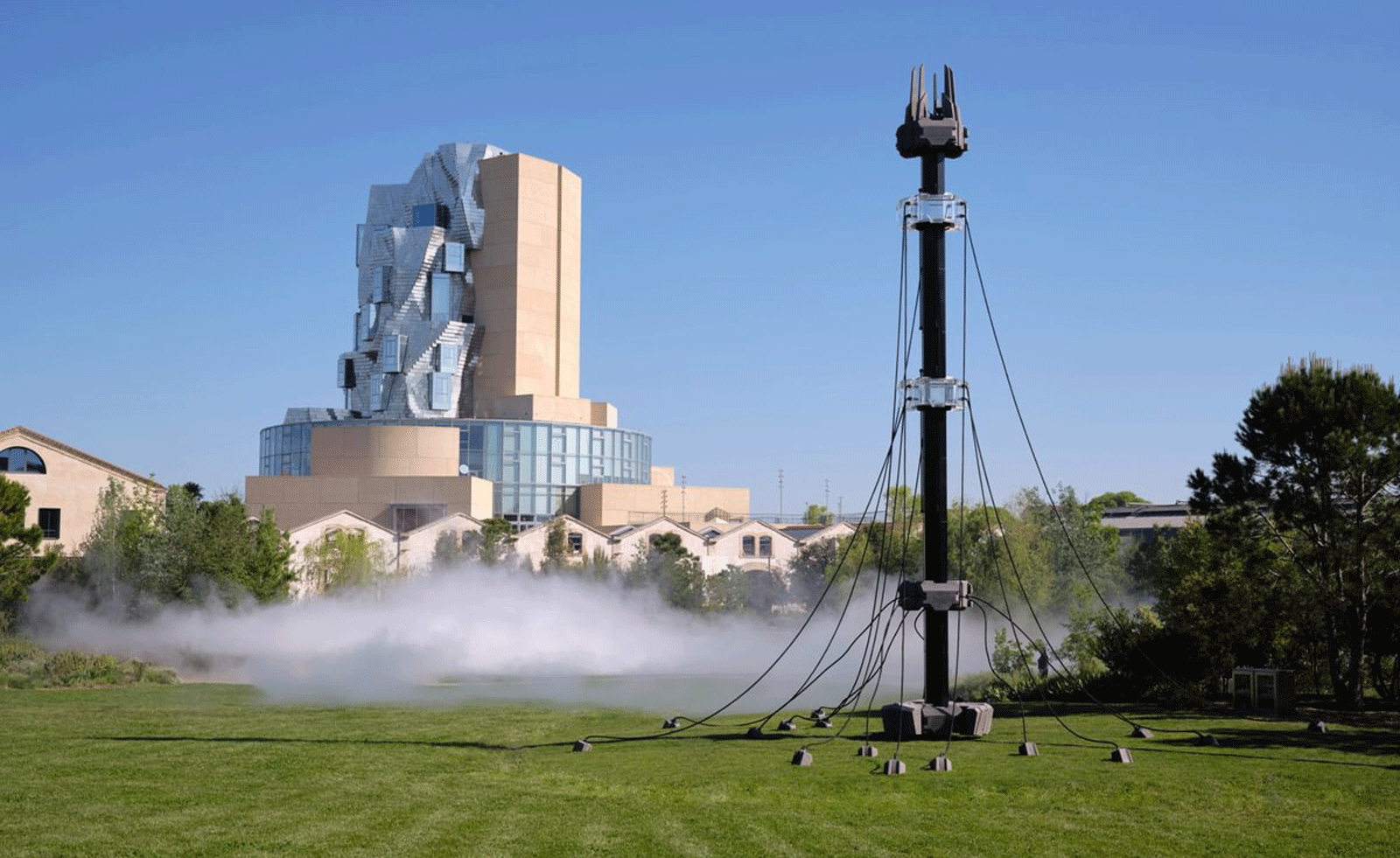 Technology, art and sculptures of fog: LUMA Arles kicks off the 2025/26 season
Technology, art and sculptures of fog: LUMA Arles kicks off the 2025/26 seasonThree different exhibitions at LUMA Arles, in France, delve into history in a celebration of all mediums; Amy Serafin went to explore
-
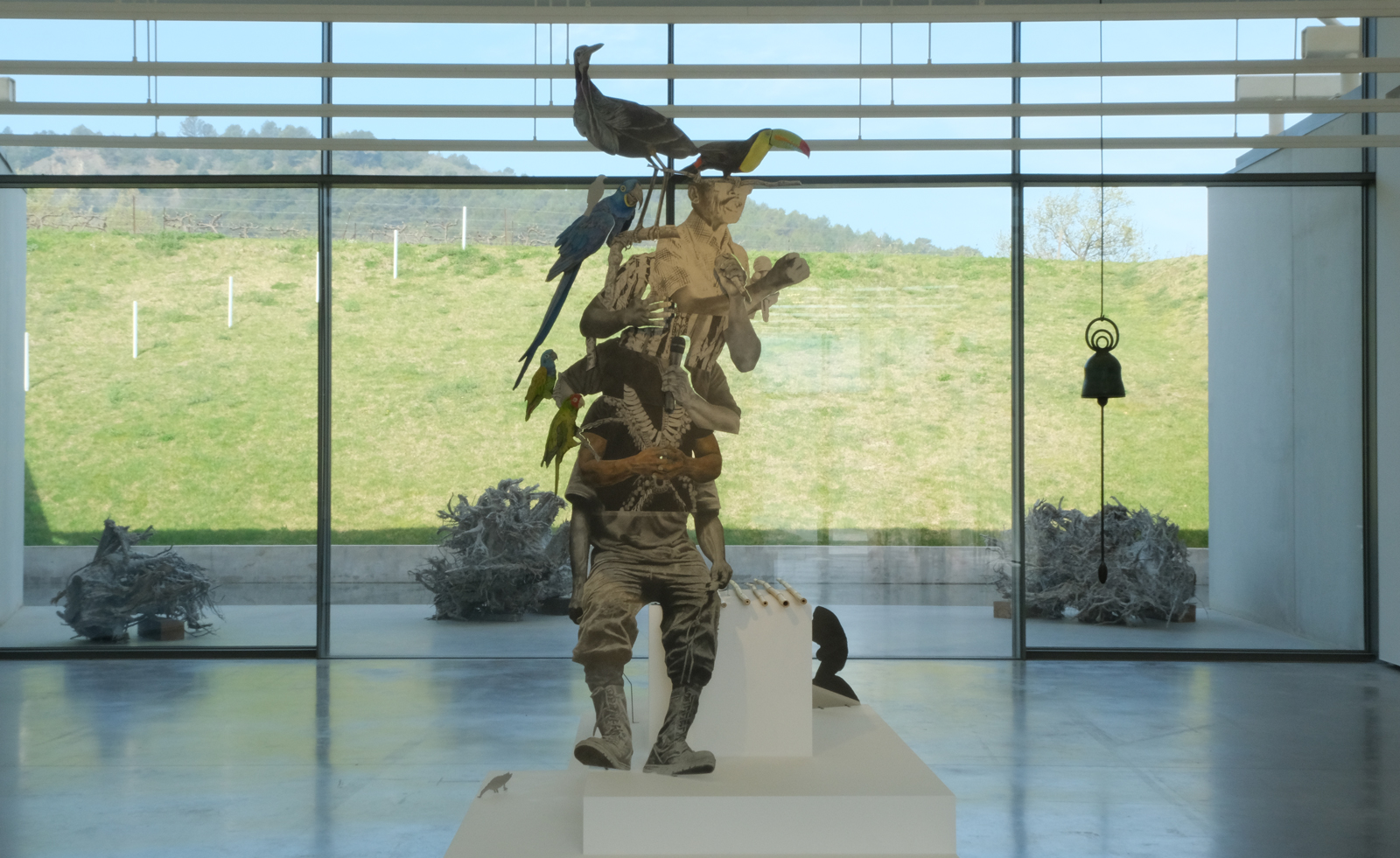 Contemporary artist collective Poush takes over Château La Coste
Contemporary artist collective Poush takes over Château La CosteMembers of Poush have created 160 works, set in and around the grounds of Château La Coste – the art, architecture and wine estate in Provence
-
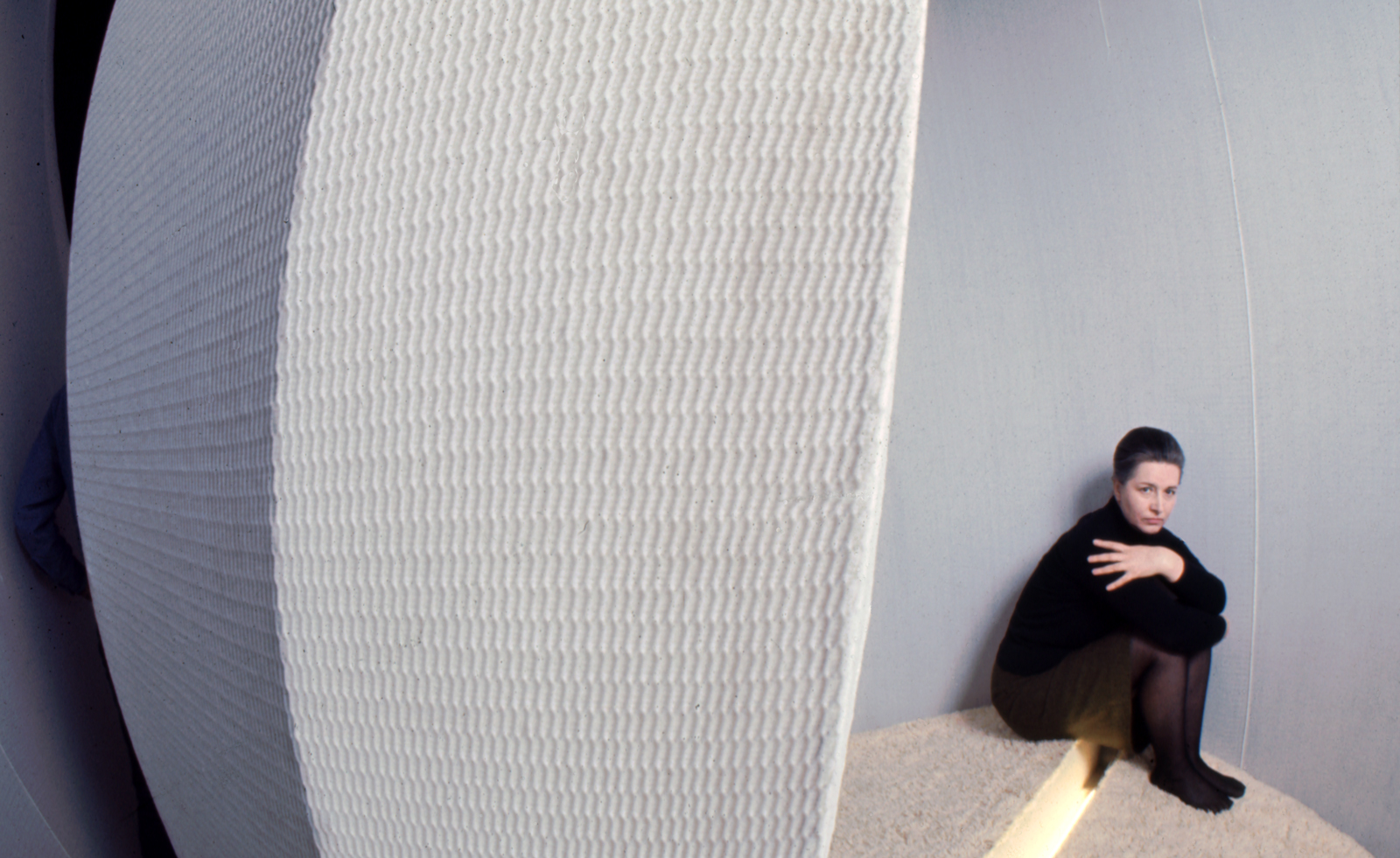 Architecture, sculpture and materials: female Lithuanian artists are celebrated in Nîmes
Architecture, sculpture and materials: female Lithuanian artists are celebrated in NîmesThe Carré d'Art in Nîmes, France, spotlights the work of Aleksandra Kasuba and Marija Olšauskaitė, as part of a nationwide celebration of Lithuanian culture